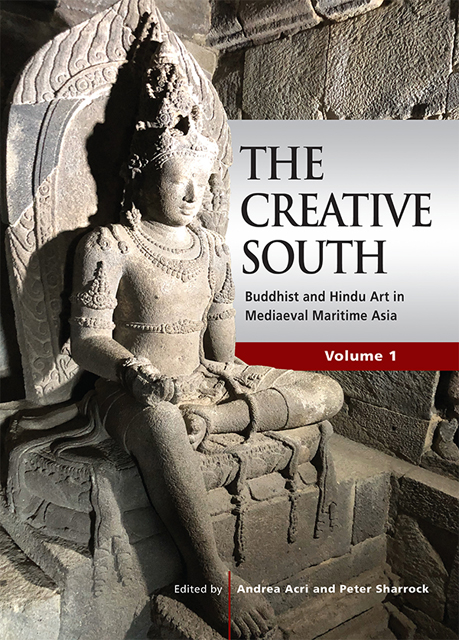4 - Heruka-Maṇḍalas across Maritime Asia
Published online by Cambridge University Press: 01 September 2023
Summary
Introduction
Herukas, fierce icons of the supreme Buddhas of the esoteric Vajrayāna (‘thunderbolt’) vehicle, emerged as key soteriological aids in the monasteries of northern India under the Pāla dynasty (8th–11th centuries). Recent archaeological research suggests that they achieved a second, quite different florescence as instruments of royal power in the 11th–15th centuries across Maritime Asia. Even as the Herukas headed towards extinction under armed Islam in the great monasteries of Bengal and Bihar in the late 12th century, the flight of the Indian Buddhist masters fuelled a sudden growth and refinement of Buddhism in Nepal and Tibet, while their monastic vehicle entered the courts of the kings and emperors defending their domains in Maritime Asia. Indian Buddhist strategists had apparently long aspired to overlay a Heruka maṇḍala on Śaiva holy sites to implement forms of ‘state protection Buddhism’ that would rival the hold of Śaivism over the courts of the subcontinent. This aspiration was to materialize only outside India.
This chapter brings together the patches of evidence scattered over the wide and varied geography of the southern seas to trace this royal rebirth of the Herukas in Maritime Asia. In so doing, it attempts to carry the baton forward for the final seaward leg of the history of fierce Buddhist deities that Rob Linrothe (1999) brilliantly traced across the subcontinent. He concluded with these notable remarks on the eight-headed, sixteen-armed Heruka ‘Hevajra’:
If there was a Hevajra cult, it seems to have thrived in Southeast Asia. Hevajra imagery may have come overland to Thailand from eastern India, direct from Bengal via Burma. The transmission of Hevajra teachings was probably reinforced through contacts along the maritime routes from island Southeast Asia and eastern India. Whatever the exact route, it clearly had considerable influence in the highest levels of society. Seemingly removed from his yogic and monastic origins, Hevajra was utilized in the royal cult, not as in the Ming court, to improve relations with Tibet, but as part of an attempt at local legitimization ... It appears that despite the earlier origin of the texts and ideas behind the Hevajra imagery, they were not influential enough to generate a lasting impact until the 11th or 12th century.
- Type
- Chapter
- Information
- The Creative SouthBuddhist and Hindu Art in Mediaeval Maritime Asia, pp. 126 - 164Publisher: ISEAS–Yusof Ishak InstituteFirst published in: 2023



